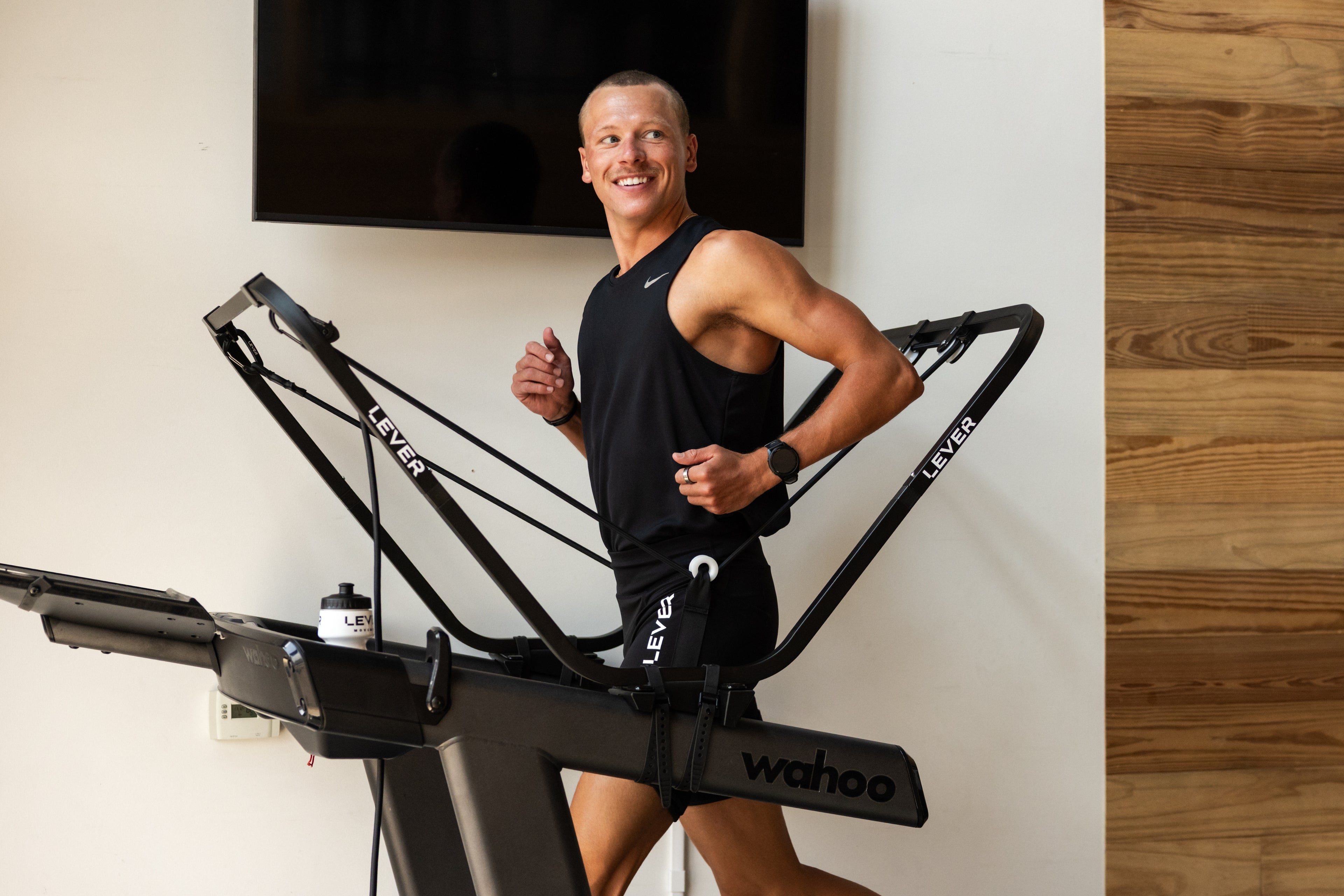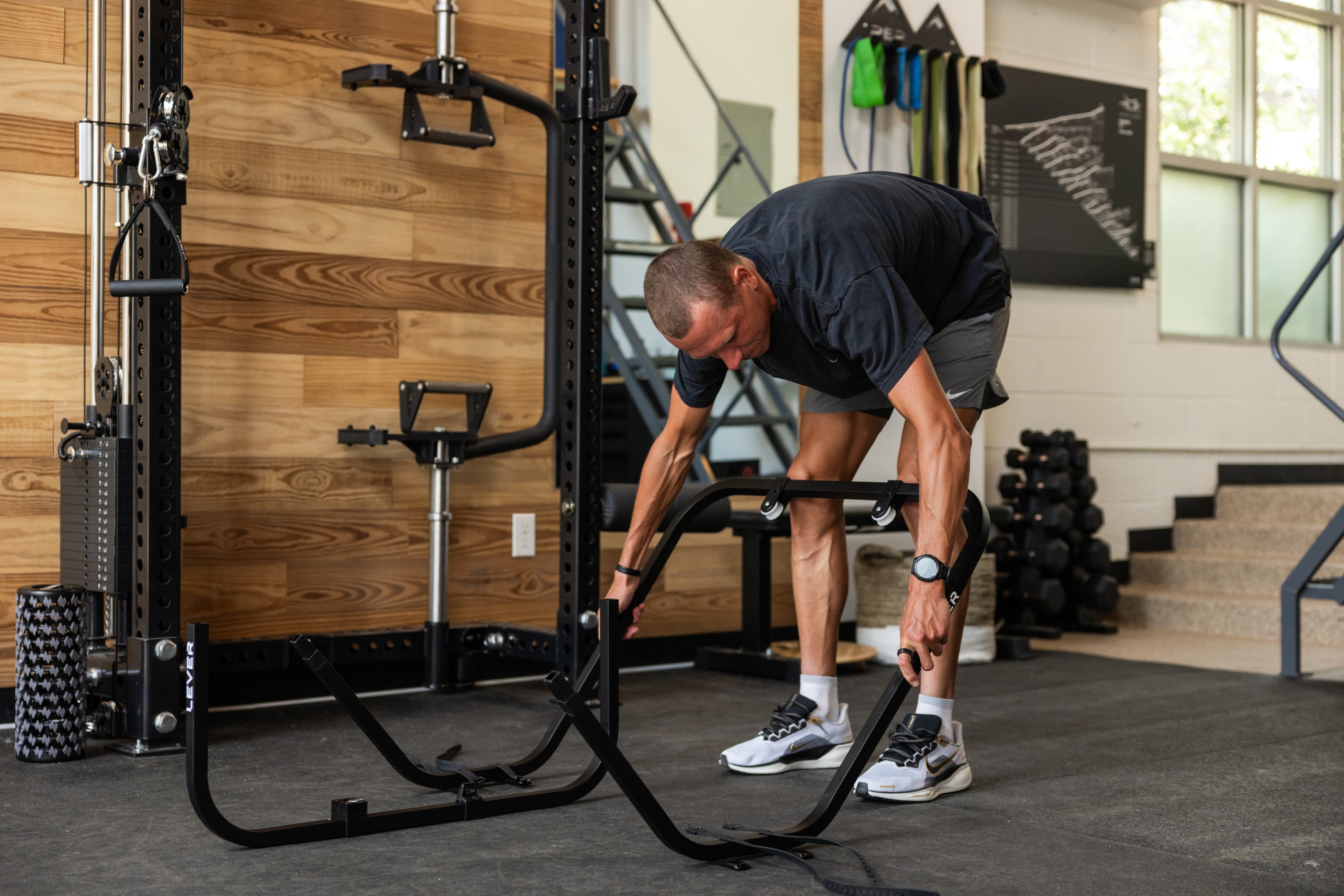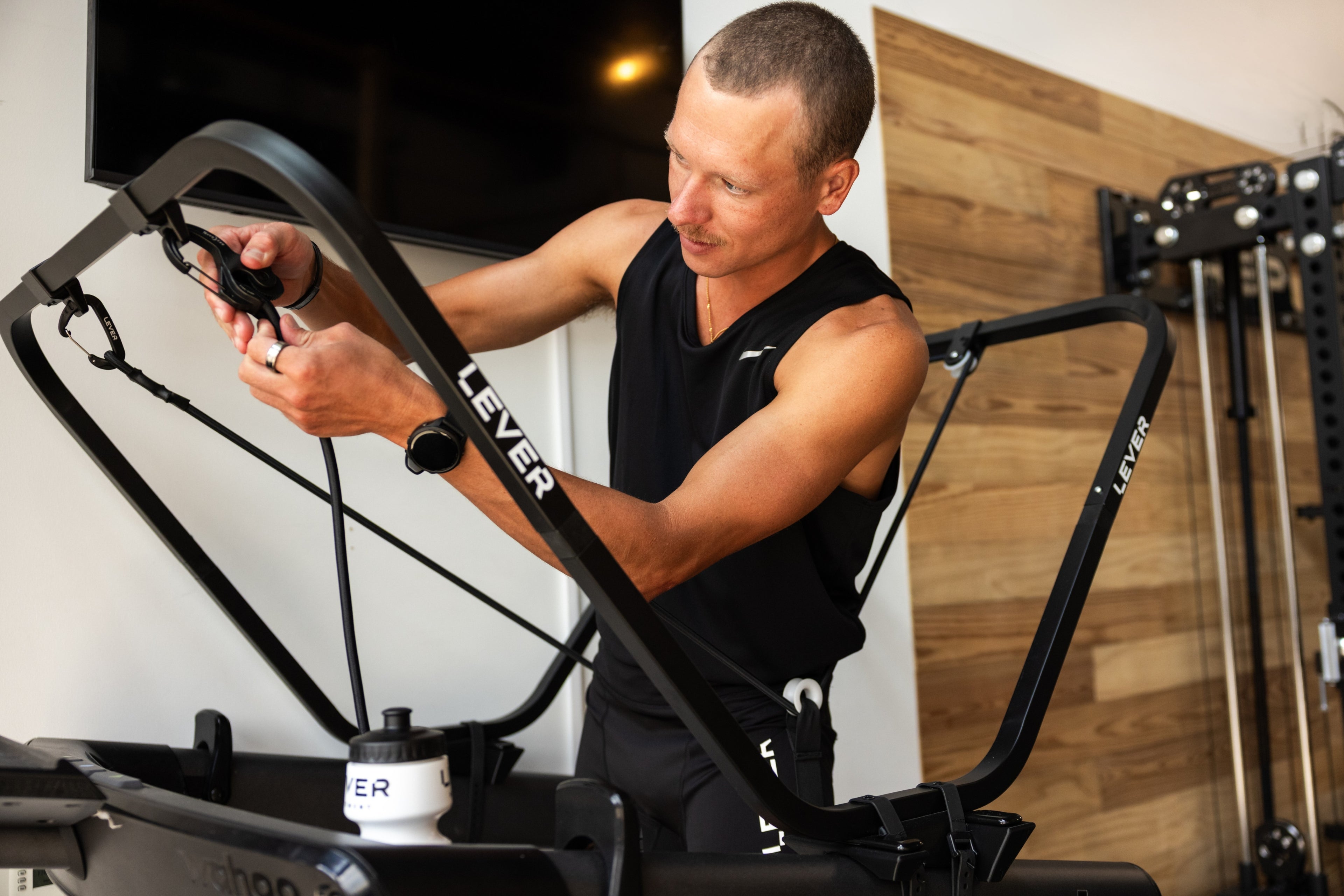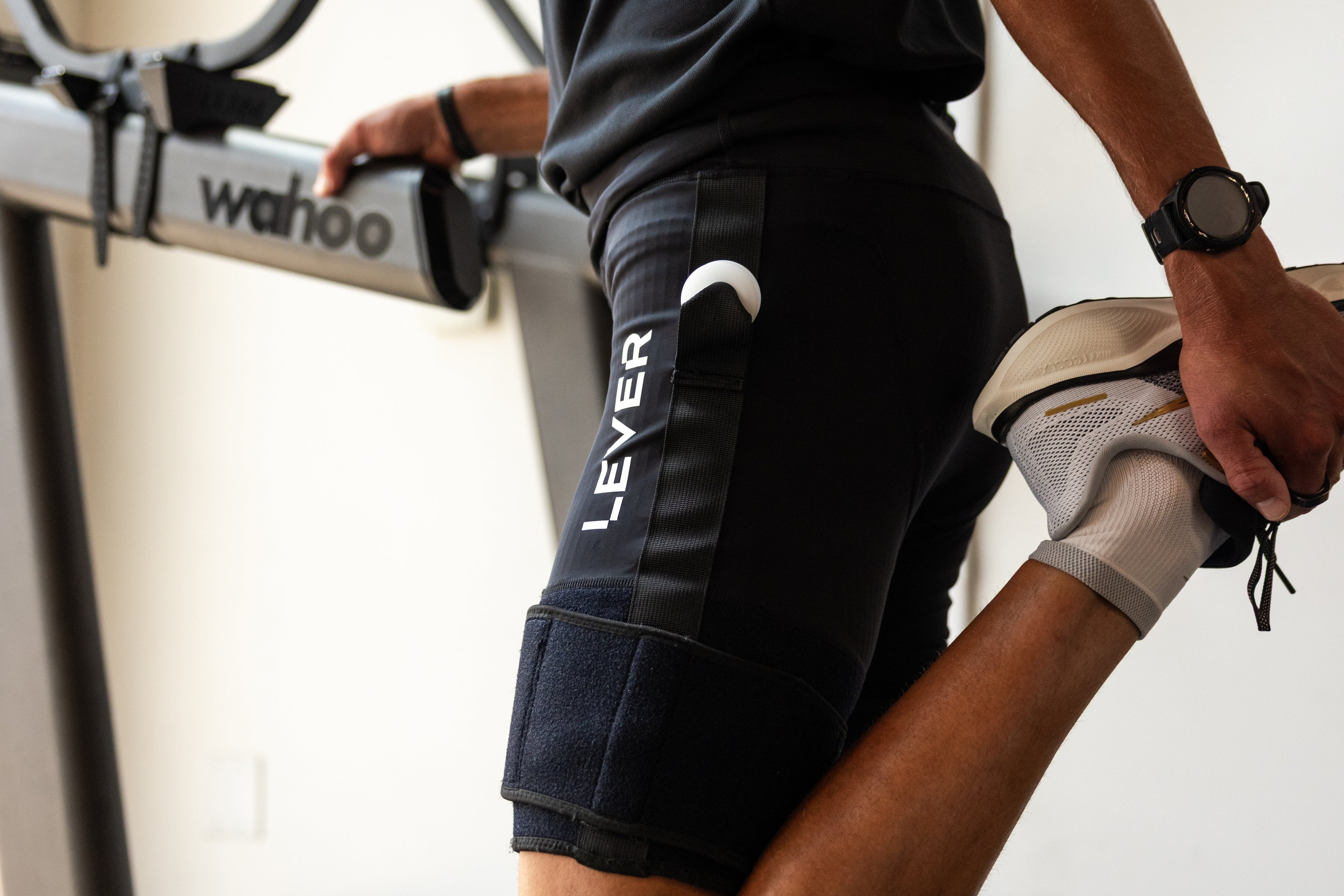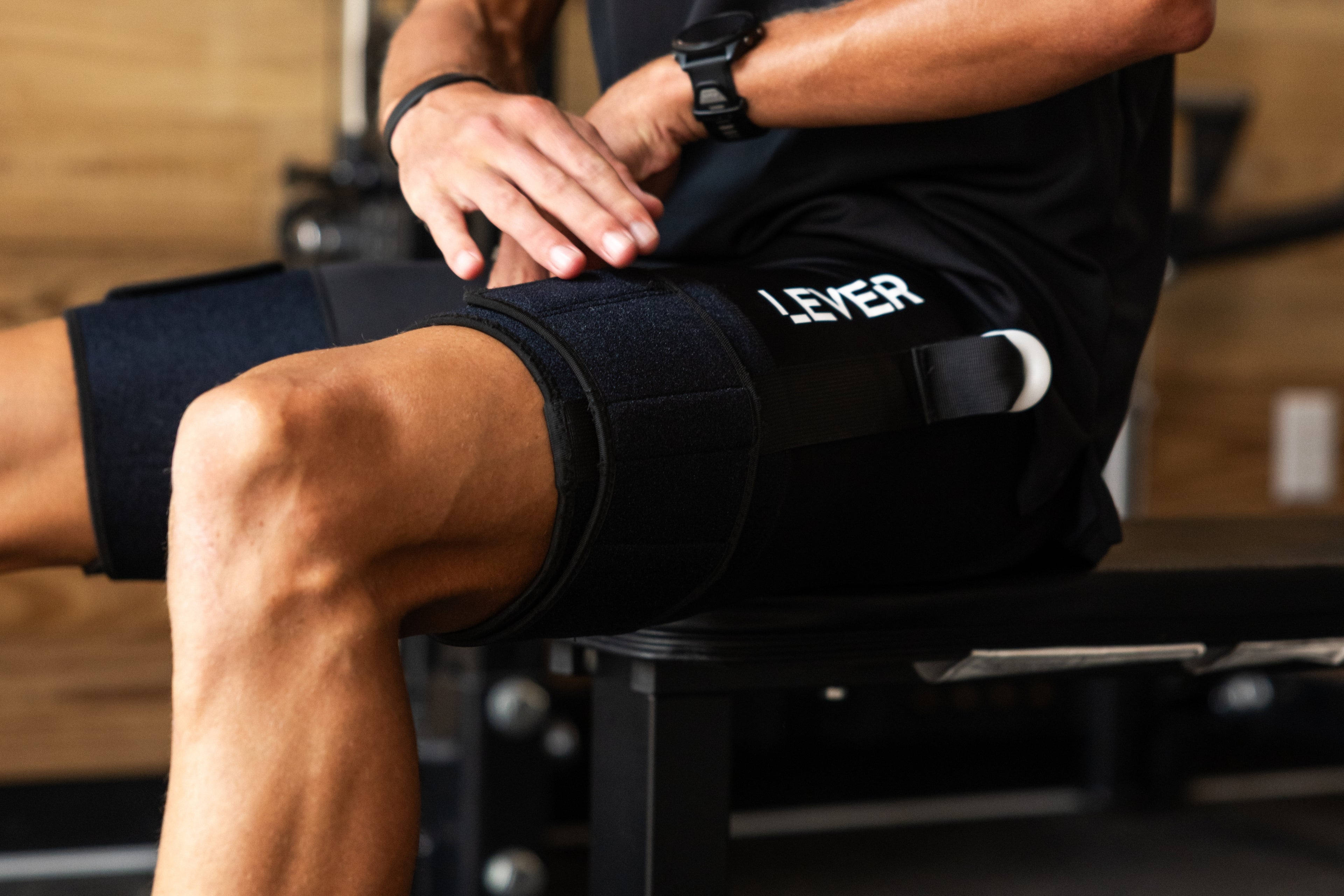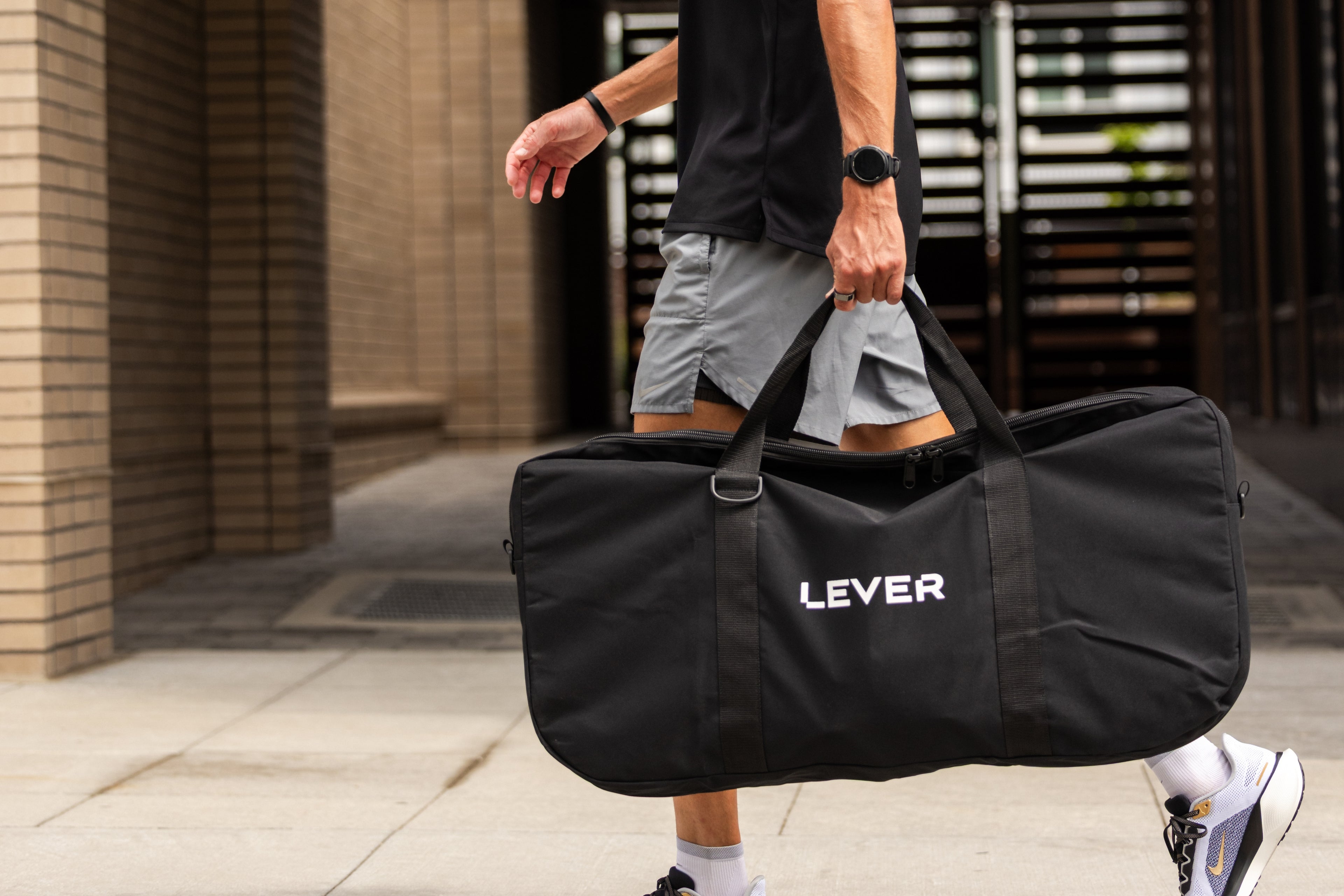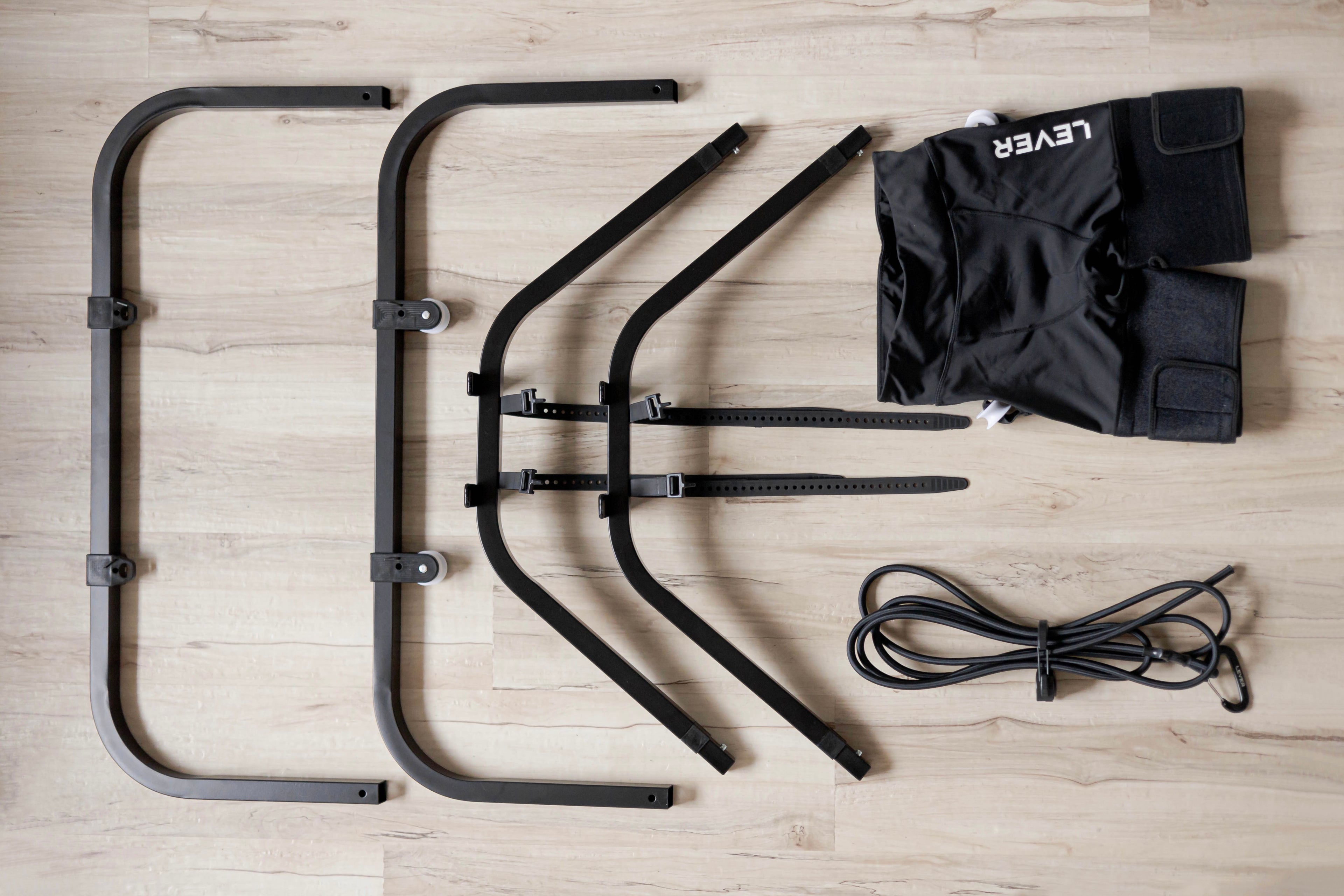Foam rolling is more than just a fitness trend—it's an essential practice for runners looking to optimize their performance and recovery. Understanding and mastering foam rolling can make a significant difference in your training regimen. Here are some expert tips to help you get the most out of your foam rolling routine.
Understanding Foam Rolling
Foam rolling, involves using a foam roller to massage and apply pressure to the muscles. This helps to break up adhesions, reduce muscle tightness, and improve blood flow, which is crucial for recovery and overall muscle health.
Tips for Effective Foam Rolling
1. Choose the Right Foam Roller
Selecting the right foam roller is the first step. Foam rollers come in various densities and textures:
- Soft Foam Rollers: Ideal for beginners or those with sensitive muscles.
- Medium-Density Rollers: Suitable for everyday use, providing a balance of comfort and effectiveness.
- Firm/Textured Rollers: Best for deep tissue massage, targeting stubborn knots and tight spots.
2. Focus on Major Muscle Groups
As a runner, it's important to target the key muscle groups that bear the brunt of your workouts:
- Calves: Roll from the ankle to the knee, focusing on the outer and inner sides of the calf.
- Quadriceps: Roll from the hip to the knee, paying attention to tight areas.
- Hamstrings: Roll from the knee to the hip, covering the back of your thighs.
- IT Band: Roll along the outer thigh from the hip to the knee to relieve tension.
- Glutes: Sit on the roller and roll the entire glute area to release tightness.
3. Roll Slowly and Control Your Movements
Speeding through your foam rolling session won't yield the best results. Move slowly and deliberately, allowing the roller to work through the muscle tissue. When you encounter a particularly tight or tender spot, pause and hold the pressure for 20-30 seconds to help release the tension.

4. Incorporate Foam Rolling into Your Routine
Consistency is key to reaping the benefits of foam rolling. Integrate it into your post-run routine or as part of your warm-up. Aim to foam roll at least 3-4 times a week for optimal results.
5. Combine Foam Rolling with Stretching
For a comprehensive recovery routine, combine foam rolling with dynamic and static stretching. Foam rolling helps to prepare the muscles for stretching by reducing tightness and improving flexibility, enhancing the effectiveness of your stretches.
6. Listen to Your Body
Foam rolling should be uncomfortable but not painful. Adjust the pressure and duration based on your comfort level and needs. If you experience sharp pain or discomfort, ease off and consult a professional.
Foam rolling is a powerful tool for runners to enhance recovery, prevent injuries, and improve overall performance. By following these tips and making foam rolling a regular part of your routine, you can keep your muscles healthy and ready for your next run. Happy rolling!











